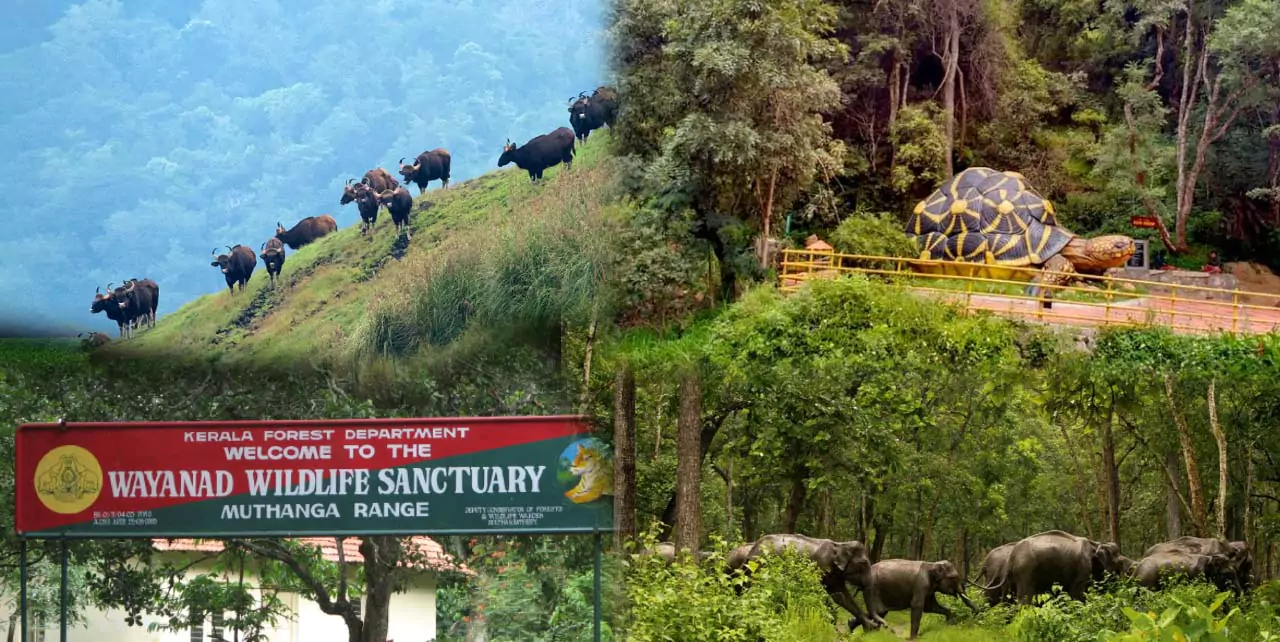Kerala offers the most exhilarating wildlife experiences in Asia. There are tigers, elephants, monkeys, birds as well as animals among the distinctive, numerous, exotic, and uncommon kinds of flora and fauna found in Kerala’s Wildlife Sanctuaries. It ranges from national parks to forest reserves and animal reserves. The top eight wildlife sanctuaries in Kerala that draw both domestic and foreign visitors are listed here. There are also two tiger reserves and fourteen wildlife sanctuaries in Kerala. For those who enjoy the outdoors and wildlife, each of these sanctuaries for wildlife in Kerala is a wonderland with its own special flora and fauna. You must explore at least one from this wildlife sanctuary in Kerala list. Only when you visit Kerala’s national parks you will fully appreciate the abundance of sights to behold in the state’s natural areas.
Eravikulam National Park
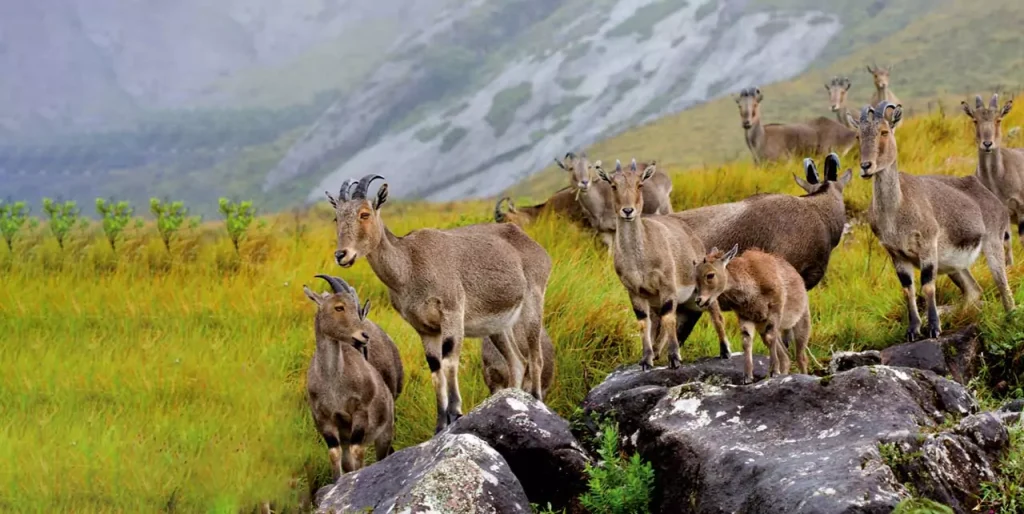
It is one of Kerala’s top wildlife sanctuaries. The Tahr, an endangered goat-like species found in the Western Ghats, considers Eravikulam National Park to be their sacred home. Moreover, This is one of the rare species of animals found in Kerala. Eravikulam National Park, which covers 97 square kilometers, is located in Munnar, the most visited tourist destination in India. The tallest peak in South India, Anamudi Peak, is also located in the park. This Keralan National Park is a great destination for Munnar sightseeing because it is home to a wide variety of wildlife. Visitors swarm this national park to take in the breathtaking scenery. Also, Eravikulam National Park, ideally situated in the Devikulam Taluk in the Idukki district, is home to a diverse range of dynamic wildlife and some endangered species.
The little blue flowers known as Neelakurinji flowers, which emerge every 12 years, are one of the main attractions of the area. This is one of the best national parks in Kerala for trekking and hiking in addition to soaking in the amazing scenery. The breathtaking fauna line includes Nilgiri Langur, Indian Bison, leopards, and other amazing creatures. Additionally, some of the fascinating flora include epiphytic orchids and balsams.
The closest town to the park is Munnar, which is 13 kilometers distant.
Periyar Wildlife Sanctuary
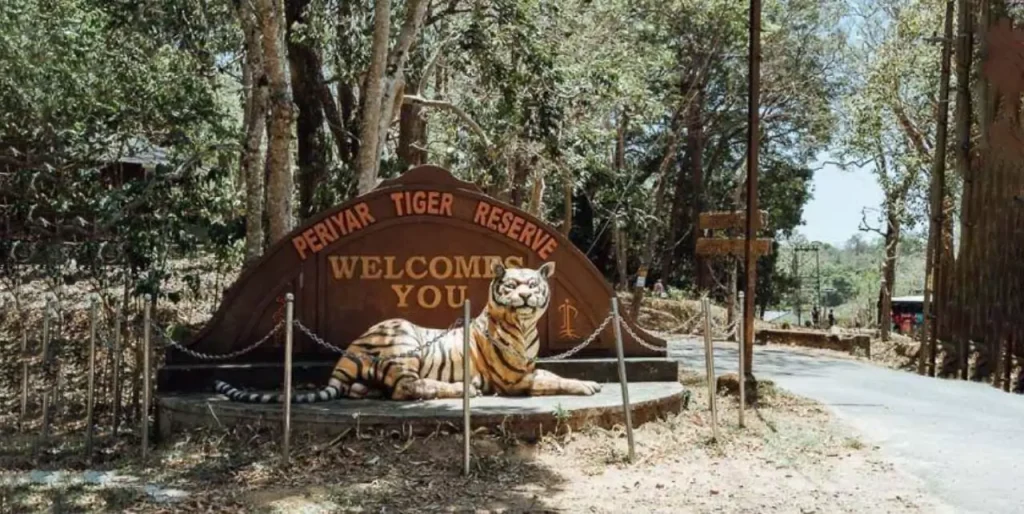
Periyar Wildlife Sanctuary is one of Kerala’s largest as well as most well-known wildlife sanctuaries. It is a prime illustration of the state’s abundant and vibrant wildlife. In 1982, authorities designated 350 square kilometers, which had previously been part of 925 square kilometers of protected woodland, as national parks. There are tiger and elephant reserves in the Periyar Wildlife Sanctuary because tigers and elephants can be found there in significant numbers. Well-known for its densely forested Western Ghats and wild elephants, this is one of South India’s most well-known wildlife sanctuaries. At Periyar Wildlife Sanctuary, the four primary species that are visible are Nilgiri Langur, Gee’s Golden Langur, Lion-Tailed Macaque, and Bonnet Macaque, in addition to tigers and elephants.
Travelers can take a Jeep or even an elephant safari to gain a comprehensive understanding of the diverse animals found in Periyar Lake, as well as enjoy boat cruises there. Without a doubt, this one also comes at the top of the wildlife sanctuaries in Kerala list.
The closest town to the Periyar Wildlife Sanctuary is Kumily, which is 4 kilometers away.
Parambikulam Wildlife Sanctuary

Chittur Taluk in the Palakkad district is home to the Parambikulam Wildlife Sanctuary. In addition, this wildlife sanctuary, one of Kerala’s most gorgeous, is located in the Western Ghats and is well-known for its ongoing efforts to safeguard the dwindling tiger population. Situated at an elevation of 1438 meters above sea level, the protected area was designated as a Tiger Reserve in 2009. This refuge encompasses the first teak plantation ever kept up in a methodical manner. This park, the best-protected ecological park in India, covers an area of around 643.66 sq km and is nestled between the Anamalai and Nelliampathy hills. Also, The second main attraction of this location is “Kannimara,” the world’s oldest teak, believed to be 350 years old. This national park in Kerala’s woods and wildlife provides the perfect vacation spots for adventure, romance, and wildlife viewing.
The town of Pollachi in Tamil Nadu is the closest one. Additionally, Hire a taxi to get to Parambikulam via Ambarampalayam – Sethumadai Road and Parambikulam Road.
Shendurney Wildlife Sanctuary
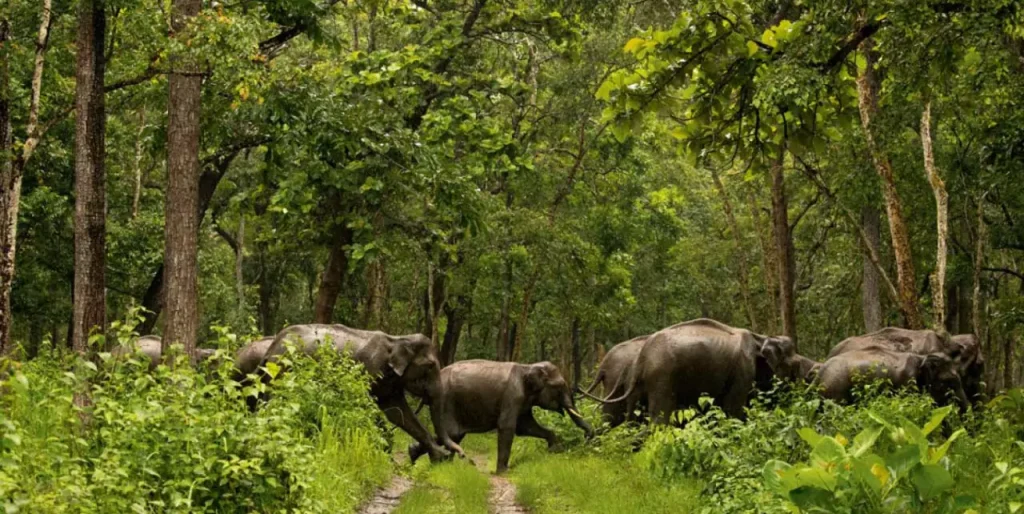
The Shendurney Wildlife Sanctuary is a pristine natural preserve situated in Kollam. It also comes in one of the most exquisite wildlife sanctuaries in Kerala list. Shendurney Wildlife Sanctuary is the greatest option for wildlife lovers who want to take in the breathtaking scenery and see the free-roaming animals. The lengthy and muddy walking trails invite visitors to enjoy the captivating beauty of evergreen forests. Furthermore, A gorgeous location close to the sanctuary is the Parappar Dam, which spans the Shendurney River. The area is home to Glutatravancorica, a rare species of tree known as Chenkurunji in the local dialect. Watching a herd of deer is a fantastic experience provided by ecotourism activities such as hiking, camping, and boating.
From Thiruvananthapuram and Kollam, buses run frequently.
Idukki Wildlife Sanctuary
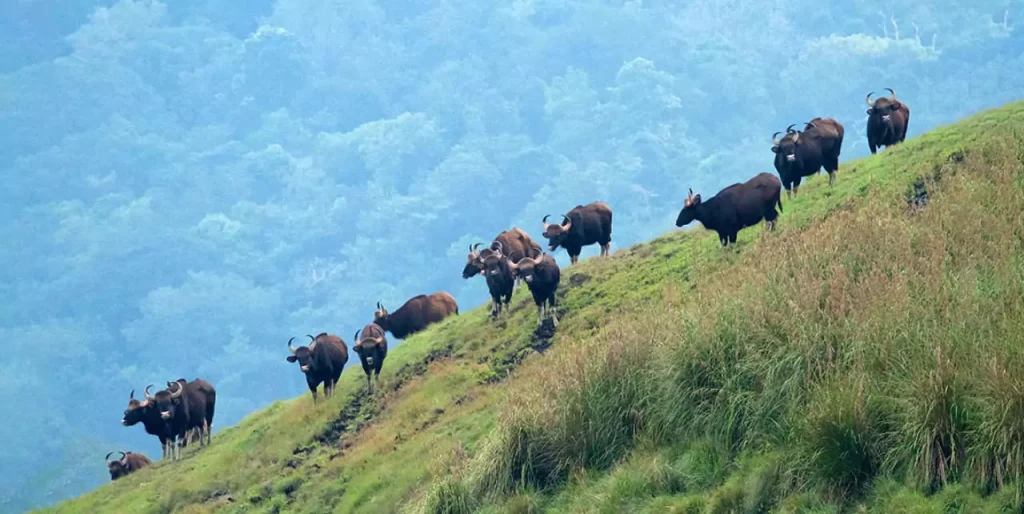
Add Idukki Wildlife Sanctuary to the list of examples. Idukki is another name for nature. Nestled between the well-known Cheruthoni and Periyar rivers, the sanctuary spans an incredible 77 square kilometers and sits at an elevation of roughly 750 meters above sea level. Situated near the Idukki Arch Dam, this enthralling national park in Kerala is a great place to go birdwatching and is also home to many kinds of rare snakes. The Keralan Idukki species Sanctuary is home to an impressive array of species, primarily found in its evergreen and deciduous woods. Moreover, A few examples of these animals include cobras, vipers, elephants, tigers, sambar deer, grey jungle fowl, grey jungle cats, and the Malabar grey hornbill.
Ernakulam, the nearest major center, is 120 miles away.
Chinnar Wildlife Sanctuary
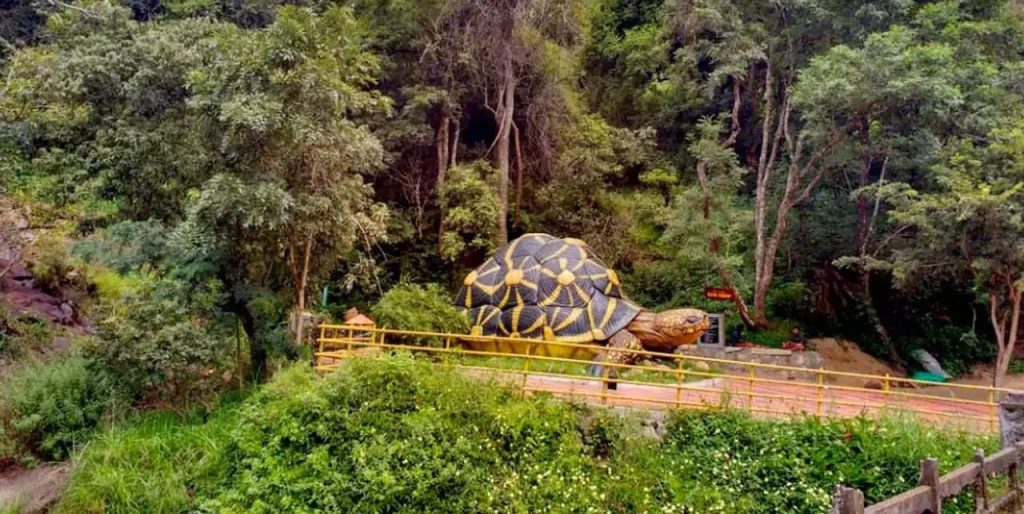
The Chinnar Wildlife Sanctuary is also a unique environment that stretches throughout the Eastern Ghats. It is one of Kerala’s newest wildlife sanctuaries. The Chinnar Wildlife Sanctuary is located in the Idukki district and covers an area of 90 square kilometers. In 1984, it received the designation of the National Wildlife Refuge. The Great Grizzled Squirrel of India, one of the world’s most endangered species of animals found in Kerala, calls this unusual place home. The World Heritage List should absolutely include the sanctuary, which comprises grassy plains, hillocks, waterfalls, and other regions of notable biodiversity. The deciduous forests that make up the refuge are dry. Moreover, This national park, located in the Western Ghats, is one of Kerala’s best places to experience its abundant wildlife. It is located on the Udumalpet – Marayoor Road. Munnar, the most visited town around Chinnar, is just 65 kilometers away.
Thattekad Wildlife Sanctuary
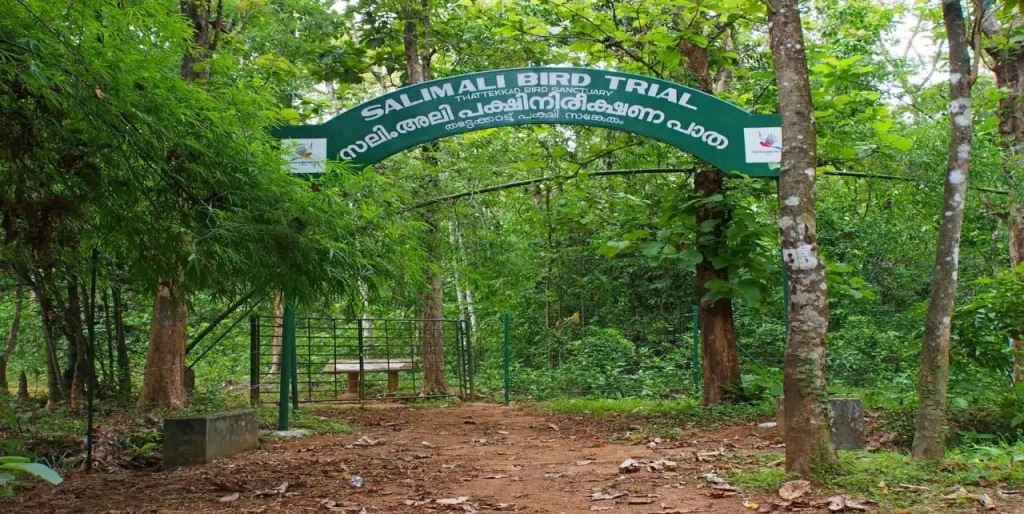
Thattekad Wildlife Sanctuary, sometimes called Salim Ali Bird Sanctuary, is Kerala’s first bird sanctuary. Moreover, Based on the advice of eminent ornithologist Dr. Salim Ali, after whom the refuge is named, the Keralan government founded this sanctuary in 1983. Situated atop Njiyapilli Hill, this Kerala bird sanctuary boasts breathtaking scenery that words cannot express. It can only be experienced and delighted in. By visiting this refuge, tourists can experience the wonder of bird life. Moreover, this area supports an average of 300 different species of birds. Thattekad’s name derives from the low-lying woodland region and means “flat forest.” The 25 square kilometer forest is perfectly situated between the tributaries of the Periyar, Kerala’s longest river.
This national park in Kerala is home to over 280 uncommon species of land and aquatic birds. As the richest bird habitat on the Indian peninsula, it is a must-visit for anybody with an interest in wildlife. Watching the avian life freely fly through the woodlands is amazing and enjoyable. They range from water birds and hunt birds to pet birds. At the sanctuary, you may see several species, including the Sri Lankan Frogmouth, White-bellied Treepie, Rufous Babbler, Bronzed Drongo, White-bellied Blue Flycatcher, Indian Cuckoo, Yellow-browed Bulbul, Racket-Tailed Drongo, Malabar Grey Hornbill, and Shama. This comes in the most significant and largest wildlife sanctuary in Kerala list.
This sanctuary is about 12 kilometers away from Kothamangalam. For passengers to go to their destination, buses run between Kerala’s main cities and Thattekad.
Wayanad Wildlife Sanctuary
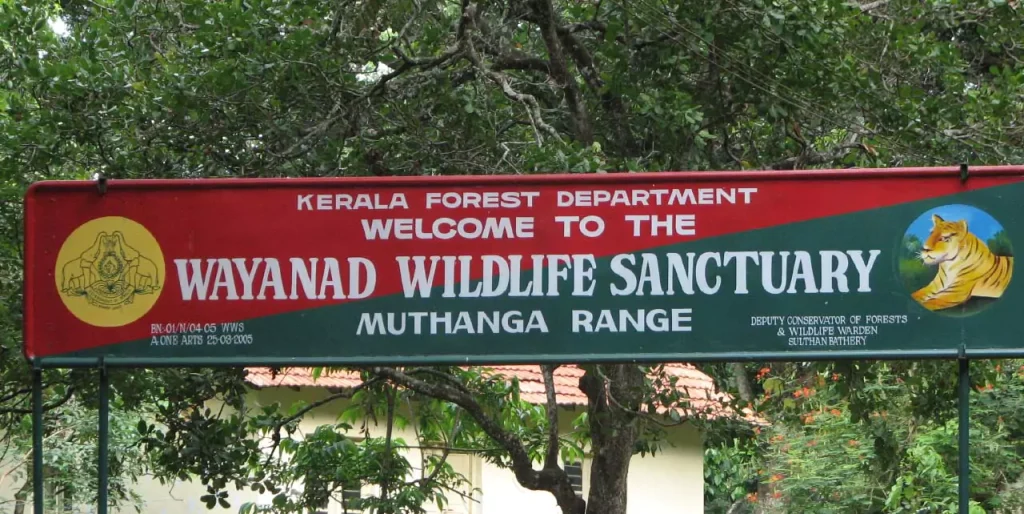
Wayanad Wildlife Sanctuary is the second-largest of Kerala’s wildlife sanctuaries. It is an essential part of the Nilgiri Biosphere Reserve and features great scenery and animals. In 1973, it proudly established itself, stretching the boundaries of the Bandipur National Park in Karnataka. The Wayanad Wildlife Sanctuary, renowned for its abundant wildlife, stands as the true jewel of Kerala. Wayanad Wildlife Sanctuary lies in one of the most scenic wildlife sanctuaries in Kerala list. Dense lowlands and steep slopes are mixed together. Passing through this reserve lies the Lakkidi, one of Kerala’s most famous rivers. Visitors can also learn more about the fascinating tribal groups, including Ooralis, Adiyars, Paniyas, Kurichyas, and Kattunaikkans. The Wayanad Wildlife Sanctuary in Kerala is home to the majority of the state’s tiger population, per recent studies. Because the protected area is under Protect Elephant, it serves as one of the nation’s main Elephant Reserves.
Sulthan Bathery is the closest town (Wayanad – 14.1 km).So, this was the top 8 wildlife sanctuary in Kerala list. Kerala is well-known for its beaches, backwaters, and verdant surroundings. But animal enthusiasts also ought to explore the state’s national parks. Lock Your Trip will help you plan your trip to Kerala so you may see wildlife sanctuaries and animals in their natural habitat.
